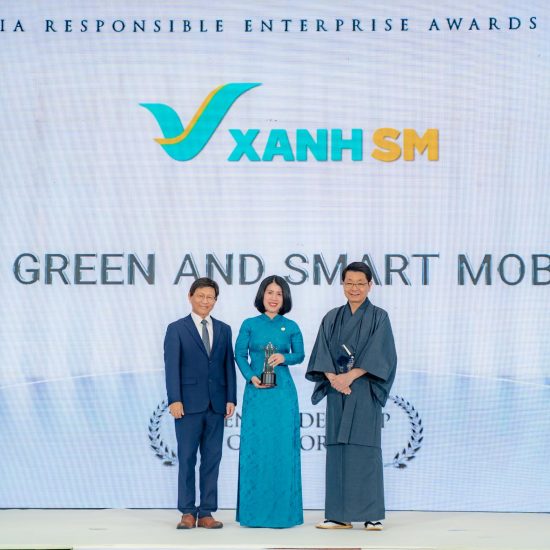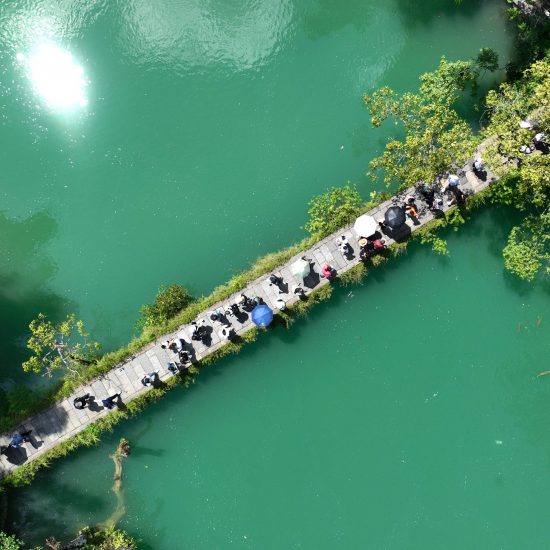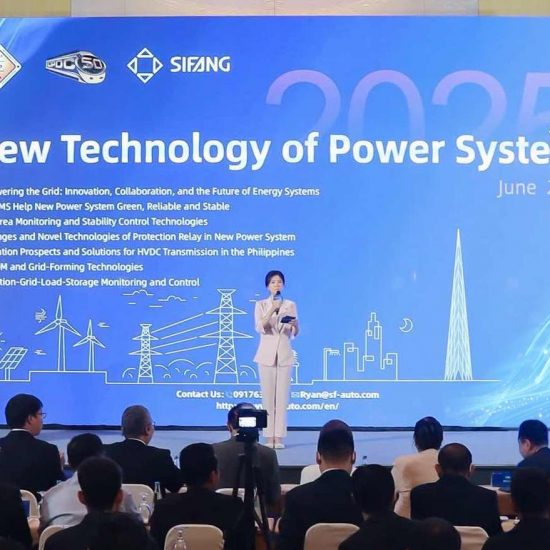|By Alaa Alghamdi| One of the most powerful ways in which individuals can understand the worldview of another culture is through art. Even if economics, politics, and lifestyles may divide different nations, art can provide a common, sympathetic connection and remind others that similarities between human beings are greater than differences. This is one of the underlying rationales for Desert to Delta, an exhibition of art and cinema from Saudi Arabia. The exhibition will tour through a variety of major cities throughout the United States. One of the unique features of the show is that it will be paired with community outreach efforts where artists can talk about their work and offer a cultural context in their own voices.
 The exhibition took place at the Art Museum of University of Memphis on October 8, 2017. This is the first exhibition of Saudi art in the city of Memphis and the selection of the city was deliberate, to stress the common and unexpected cultural connections between the southern American city and the work of the artists in the exhibition. Religion is very important to the city, just as it is in Saudi Arabia, although the dominant faiths are different. An ideal of community, mutual support, and shared values is also very important to both areas of the world. Memphis has historically been a hotbed of youth culture in the American South, particularly in regards to music, and the purpose of the exhibition is to demonstrate the vitality of the vision of young Saudi people using new media. The exhibition is a collaborative effort between the King Abdulaziz Center for World Culture, an institution which seeks to showcase Saudi art, and the Art Museum of Memphis, which is known both for its contemporary exhibits as well as its impressive collection of Egyptian and African antiquities.
The exhibition took place at the Art Museum of University of Memphis on October 8, 2017. This is the first exhibition of Saudi art in the city of Memphis and the selection of the city was deliberate, to stress the common and unexpected cultural connections between the southern American city and the work of the artists in the exhibition. Religion is very important to the city, just as it is in Saudi Arabia, although the dominant faiths are different. An ideal of community, mutual support, and shared values is also very important to both areas of the world. Memphis has historically been a hotbed of youth culture in the American South, particularly in regards to music, and the purpose of the exhibition is to demonstrate the vitality of the vision of young Saudi people using new media. The exhibition is a collaborative effort between the King Abdulaziz Center for World Culture, an institution which seeks to showcase Saudi art, and the Art Museum of Memphis, which is known both for its contemporary exhibits as well as its impressive collection of Egyptian and African antiquities.
The work encompassed within the exhibition spans from the purely beautiful and subtle to the proudly political. For example, the work of Arwa Al Neami openly criticizes the role of Saudi women in contemporary society. Her Never Never Land is a photograph of veiled Saudi women enjoying the lights and whirling rides of a fun fair. There is a sharp, ironic contrast between the supposed abandon which characterizes such a fair and the enforced dress code the women must obey to be able to attend. Postmodern art fusing Western and Arabic images are also common in the exhibit. For example, one of the works of Rashed Al Shashai depicts a traditional-looking Islamic design in which the images of Wild E. Coyote and the Roadrunner are embedded. These traditional enemies existing in harmony underline the artist’s evident wish that people of different faiths and West and East can find common ground. Ahmad Angawi’s Street Pulse is a black ball of microphones, all of which blast different voices recorded on a typical Saudi street, exemplifying the cacophony of voices which exists within the nation of different opinions.
The media of the artists is an eclectic mix, spanning from abstract performance art to more traditional painting. Some of the artists have formal art or graphic design backgrounds while others are self-taught. One of the artists, Ahmed Mater, is a physician whose work has been exhibited previously at the prestigious Freer Sackler in Washington D.C. The uniting factor among all of these artists, both men and women, is the uniqueness of their vision of what it means to be Saudi. And by showcasing such a diversity of views, attendees of the exhibition can realize that Saudi Arabia is not a monolith but rather encompasses a diverse range of views and visions.
Also published on Medium.





